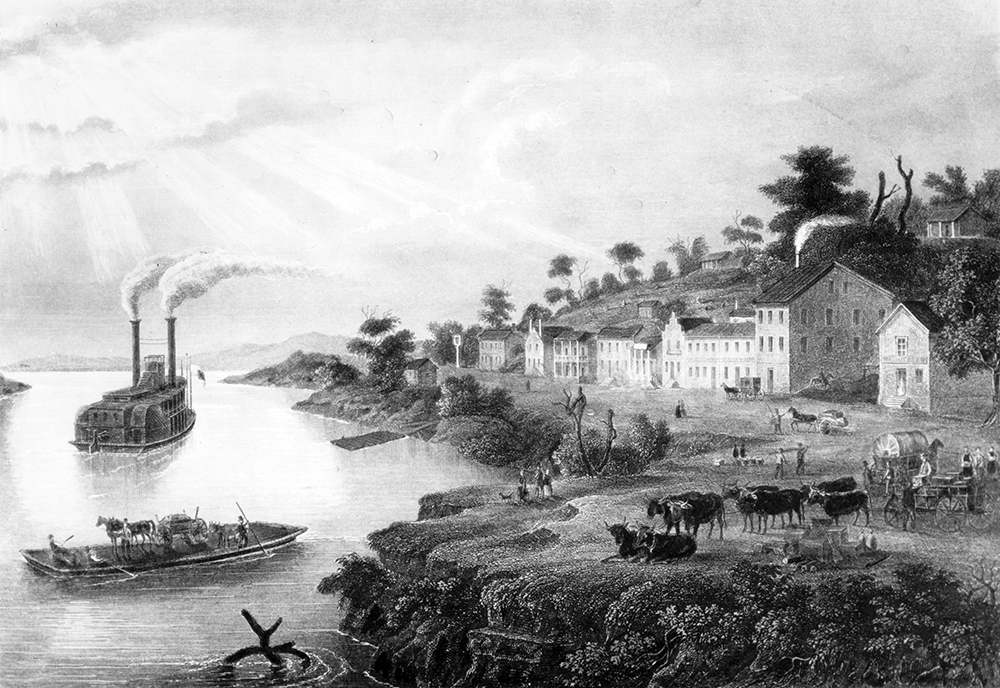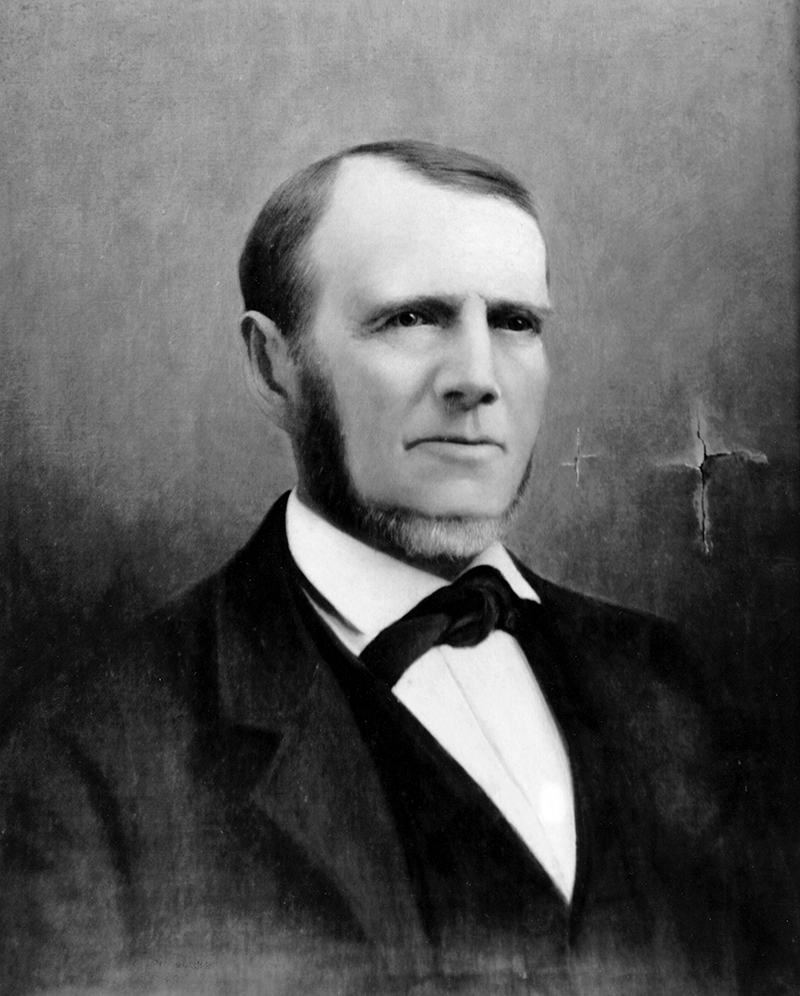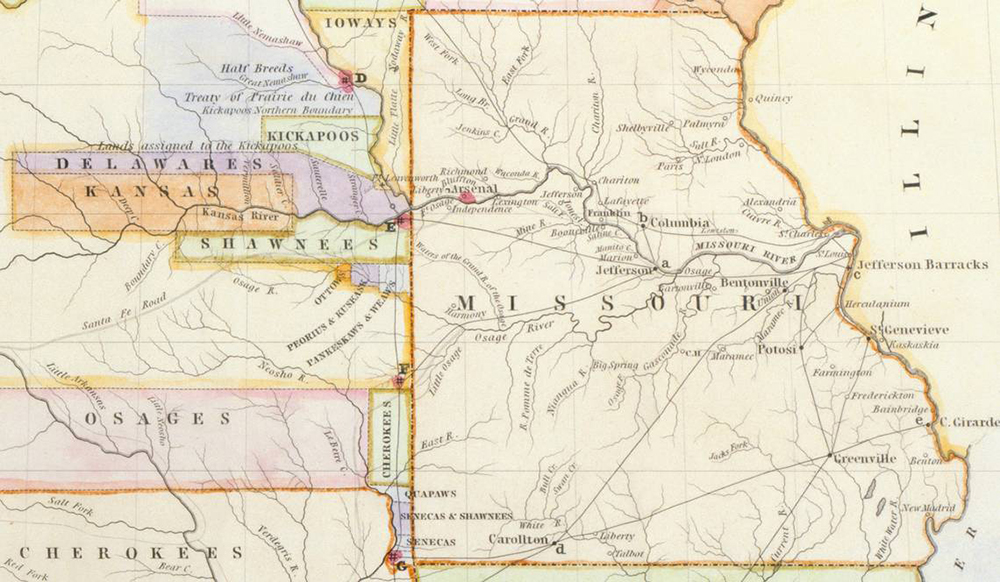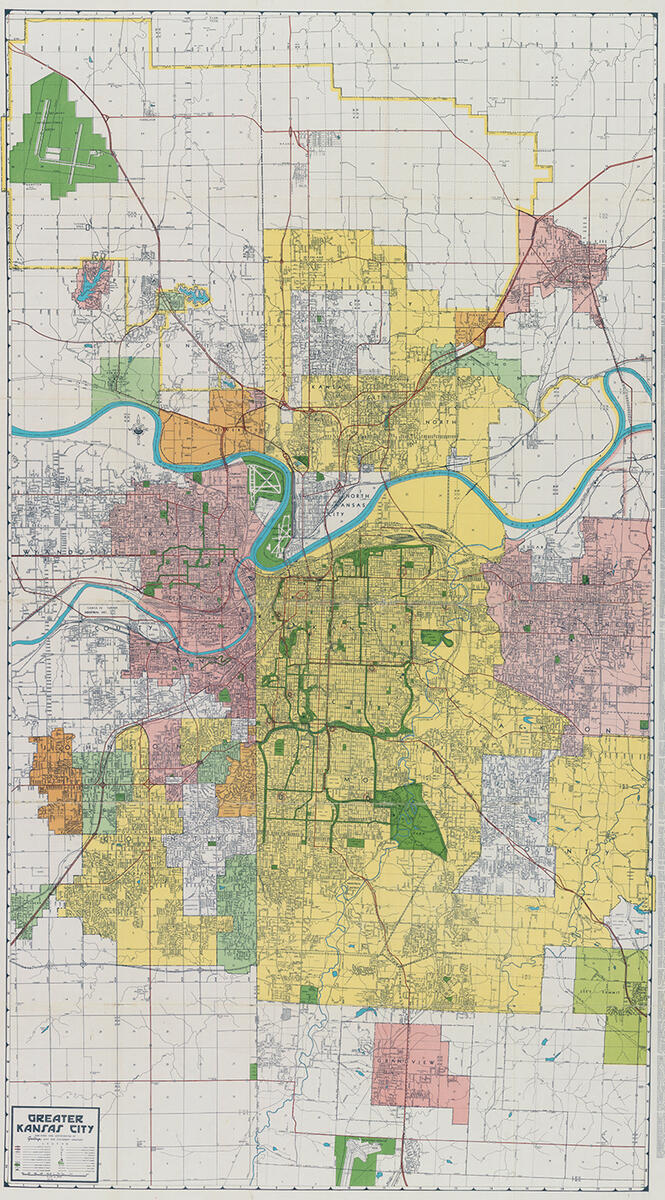Why is there a Kansas City in both Kansas and Missouri?
The origin of modern-day Kansas City, Missouri, dates back to the 1830s, when John McCoy founded the settlement of Westport at what is now Westport Road and Pennsylvania Avenue. McCoy chose this area to open an outfitting store for pioneers on the Santa Fe Trail. He then established a river boat landing on the bluffs at the bend in the Missouri River, just two miles north of his settlement. This Westport Landing was connected to the settlement of Westport by road and sparked development in the area.

A group of 14 investors, including McCoy, formed the Town Company in 1838 to buy up property along the riverfront. This area included Westport Landing and in 1850 was incorporated as the Town of Kansas. City founders derived the name from the Kansas, or Kaw, River which was named for the Kansa Indians. The state of Missouri then incorporated the area as the City of Kansas in 1853 and renamed it Kansas City in 1889. John McCoy’s settlement, the old town of Westport, was annexed by Kansas City, Missouri, on December 2, 1897.

During this time, other settlements were developing across the river on the Kansas side in Wyandotte County. Some of these small towns incorporated as Kansas City, Kansas, in 1872. By naming this town after the growing city on the Missouri side of the state line, city leaders in Kansas were able to capitalize on the success of Kansas City, Missouri. It’s also possible that the people in Wyandotte County felt that they had more right to the name “Kansas City” than the people of Missouri had.


Today Kansas City, Kansas, and Kansas City, Missouri, remain two separately incorporated cities but together, along with a number of other cities and suburbs, as part of the Kansas City Metropolitan area.
Learn more about why there are two cities named Kansas City here.


